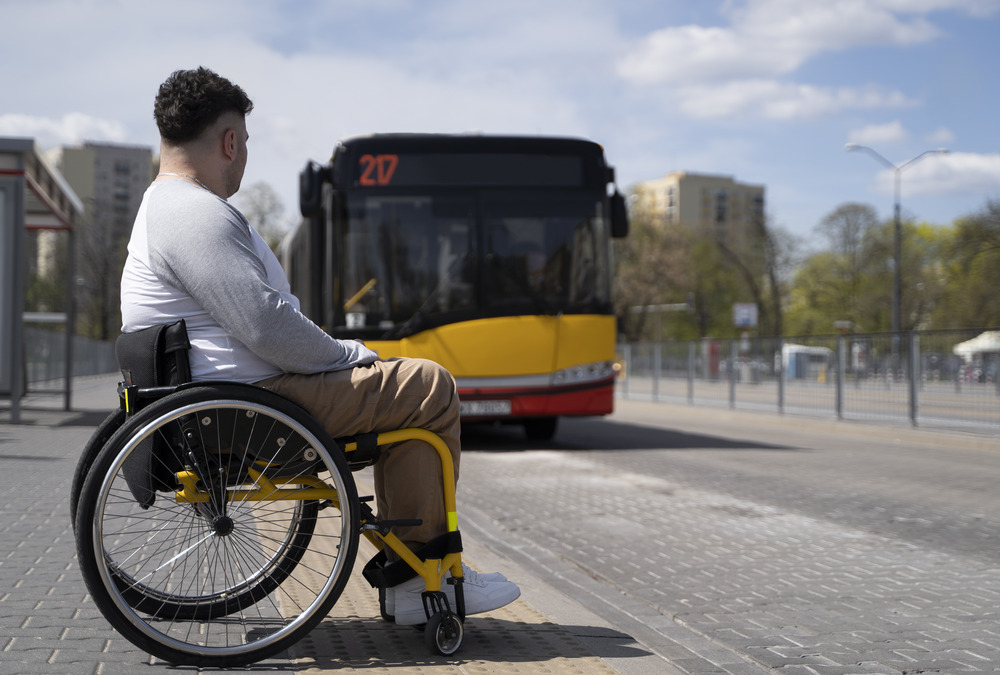Transporting special needs students safely and inclusively is a vital responsibility for schools and communities. Ensuring that these students have a comfortable and secure journey to and from school not only meets legal requirements but also promotes a positive educational experience. In this comprehensive guide, we’ll explore the key aspects of providing safe and inclusive transportation for special needs students, with insights, FAQs, and expert advice to help you navigate this crucial domain.
Introduction
Ensuring the safe and inclusive transportation of special needs students is a multifaceted challenge that requires a deep understanding of the unique needs and considerations of these students. Schools, transportation providers, and parents all play essential roles in this process. In this article, we’ll delve into the critical components of this task, providing valuable information and tips to ensure the best possible experience for special needs students during their journey to and from school.
The Importance of Safe Transportation
Transporting special needs students safely goes beyond compliance with regulations; it’s about providing a supportive environment for these students to thrive. Ensuring safety means considering various factors, including:
Creating Accessible Routes
Accessible routes ensure that students with mobility impairments can easily access transportation. It involves using ramps, lifts, and secure wheelchair restraints.
Properly Trained Staff
Transportation staff should receive adequate training on handling special needs students, including knowledge of medical conditions and behavioral challenges.
Adequate Safety Measures
Properly securing students with seatbelts, harnesses, or other restraints is essential to prevent injuries during transit.
Regular Inspections
Regular inspections of vehicles for safety and cleanliness help prevent accidents and maintain a conducive environment.
Communication
Effective communication between drivers, attendants, and parents is crucial to address the unique needs of each student.
Best Practices for Inclusive Transportation
Inclusivity is a cornerstone of ensuring a positive transportation experience for special needs students. Here are some best practices:
Individualized Plans
Tailor transportation plans to meet the unique needs of each student. This could include specific pick-up and drop-off points or personalized assistance.
Sensory Considerations
Recognize sensory sensitivities and adjust the environment accordingly, ensuring a comfortable journey.
Emotional Support
Provide emotional support by offering a friendly and accommodating atmosphere on the bus. This helps reduce anxiety for students.
Peer Involvement
Promote peer involvement by encouraging interaction and kindness among all students. This fosters a sense of belonging.
Regular Feedback
Collect feedback from parents and students to make continuous improvements.
Ensuring Safe and Inclusive Transportation for Special Needs Students
Transportation providers, schools, and parents can work together to ensure safe and inclusive transportation. By following these guidelines and focusing on the welfare of special needs students, we can create an environment where these students thrive academically and personally.
FAQs
What are some legal requirements for transporting special needs students?
Legal requirements often include providing accessible routes, trained staff, and safety measures to protect these students.
How can I create an individualized transportation plan for a special needs student?
Consult with the student’s parents and professionals to create a personalized plan that meets their specific needs.
Are there any resources or support available for parents of special needs students regarding transportation?
Yes, many organizations offer support and guidance for parents, including information on their rights and available services.
What are some common challenges faced by special needs students during transportation?
Challenges may include sensory sensitivities, anxiety, and the need for specific medical accommodations.
How can transportation providers ensure the emotional well-being of special needs students?
By creating a friendly and accommodating atmosphere on the bus, providers can help reduce anxiety and ensure emotional support.
What role can peer involvement play in inclusive transportation?
Encouraging peer involvement fosters a sense of belonging and promotes positive interactions among all students.
Conclusion
Ensuring safe and inclusive transportation for special needs students is a collective effort that involves schools, transportation providers, and parents. By following best practices and being attentive to the unique needs of these students, we can create a supportive and accommodating environment that allows them to thrive. Let’s work together to make every journey a positive one for special needs students.


